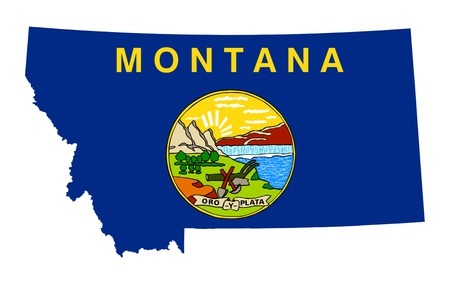Report: High Injury Rate Perplexes Officials
Thursday, December 14, 2017 | 0
Despite their best efforts to uncover the root causes, officials in Montana are unable to explain the state’s high workplace injury rate, according to a report by the Billings Gazette.
 The occupational injury and illness rate in 2016 dropped to 4.2 per 100 workers, from 4.3 in 2015. But the state still ranks behind only Washington, Vermont and Maine.
The occupational injury and illness rate in 2016 dropped to 4.2 per 100 workers, from 4.3 in 2015. But the state still ranks behind only Washington, Vermont and Maine.
Eric Strauss, administrator for the Employment Relations Division of the Department of Labor and Industry, said the agency has tried to determine whether there is something driving the higher rate of injuries in Montana, to no avail.
“Those efforts have not surfaced anything specifically,” he told the newspaper. “It’s not a specific industry. It’s not an age demographic.”
Workers in industries such as mining, logging and construction are more prone to injury than those in other fields. And these industries do account for a high proportion of the Montana workforce.
But injury rates are also high in industries including education and information services. The Billings Gazette reports that the injury rate in every industrial sector of Montana’s economy is higher than the national average.
“We ask people what’s going on, but unfortunately none of those outreach efforts have yielded anything specifically that we could focus on to drive improvement,” Strauss said.
Don Judge, a lobbyist with the Injured Workers’ Resource Council and a member of the state’s Labor-Management Advisory Council, suggested it could be a combination of a high percentage of small employers and cultural issues driving the high rate of injuries.
Small employers typically don’t have the money, staff or time to conduct safety training, he said.
“We also have an attitude in Montana, which is for employers and employees both, to ‘just get 'er done.’”
Montana’s southern neighbor Wyoming has also been grappling with dangerous workplaces.
In Wyoming, the problem is a worker fatality rate that is more than four times the national average. In 2010, the state hired a full-time epidemiologist to track occupational fatalities.
State occupational epidemiologist Meredith Towle suggested insufficient investigations in some industrial sectors and lack of safety precautions are major contributing factors in her second report, published in November.
Towle said in a statement that motor vehicle accidents were the leading cause of occupational fatalities in Wyoming, like the rest of the country. Nearly 40% of workers killed in a roadway crash were not wearing seat belts, Towle added.
She also said only a small portion of deaths in the agricultural industry are fully investigated. As a result, there is little information available about causes that could help drive prevention efforts in that sector.



Comments